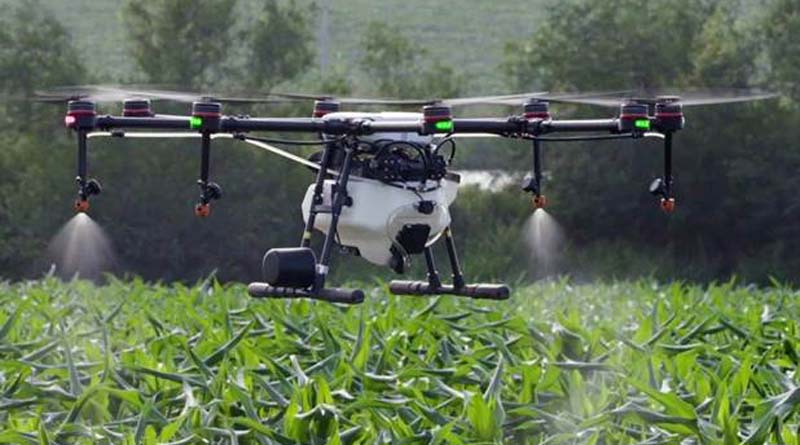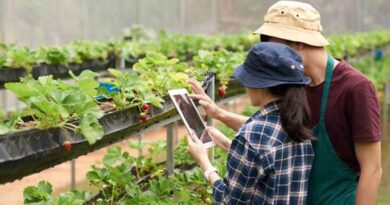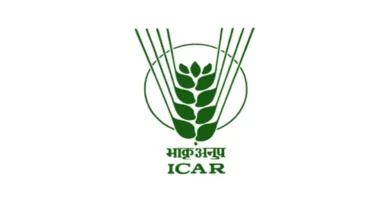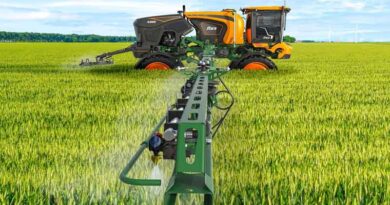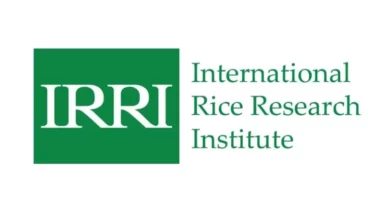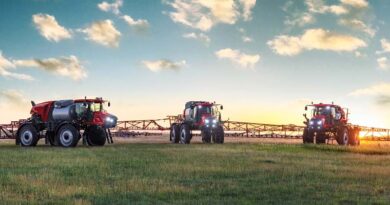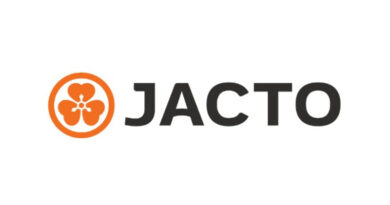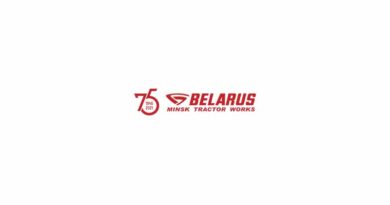Agricultural Drones Market – Global Industry Analysis, Size, Share, Growth, Trends, and Forecast 2024 – 2031
07 February 2024, New Delhi: The agricultural drone market has emerged as a game-changer in the agriculture industry, transforming traditional farming practices with cutting-edge technology. These unmanned aerial vehicles (UAVs) equipped with advanced sensors and imaging capabilities are revolutionizing crop monitoring, precision agriculture, and farm management. The market for agricultural drones has witnessed substantial growth in recent years, driven by factors such as increased demand for efficient farming practices, technological advancements, and the need to address challenges in the agriculture sector.
Companies Profiled:
AeroVironment, Yamaha, DJI, GoPro, GoPro, Google, and Boeing
Market Dynamics:
1. Precision Agriculture: Agricultural drones play a pivotal role in precision agriculture, enabling farmers to monitor and manage their crops with unprecedented accuracy. These drones are equipped with sensors and cameras that capture high-resolution images, helping farmers assess crop health, identify pests and diseases, and optimize irrigation.
2. Increased Productivity: The integration of agricultural drones in farming operations leads to increased productivity and efficiency. Drones can cover large agricultural areas quickly, providing real-time data that allows farmers to make informed decisions. This improved efficiency contributes to higher crop yields and cost savings.
3. Technological Advancements: Continuous advancements in drone technology, including improved sensors, better battery life, and enhanced data analytics, are driving the growth of the agricultural drone market. The integration of artificial intelligence and machine learning algorithms further enhances the drones’ capabilities in analyzing and interpreting data for actionable insights.
4. Government Initiatives: Governments worldwide are recognizing the potential of agricultural drones to address food security issues and promote sustainable farming practices. Subsidies, grants, and supportive policies are encouraging farmers to adopt drone technology, driving the market’s growth.
5. Environmental Concerns: Agricultural drones aid in minimizing the environmental impact of farming activities. By precisely applying fertilizers and pesticides based on real-time data, farmers can reduce the use of chemicals, minimizing pollution and soil degradation. This aspect aligns with the growing global emphasis on sustainable and eco-friendly farming practices.
Challenges:
1. Regulatory Hurdles: The adoption of agricultural drones is hindered by regulatory challenges related to airspace restrictions, privacy concerns, and the need for standardized regulations. Governments and regulatory bodies are working to establish guidelines that balance the benefits of drone technology with safety and privacy considerations.
2. High Initial Costs: The initial investment required for purchasing agricultural drones and related technology can be a barrier for small and medium-sized farmers. However, as the market matures and technology becomes more widespread, the costs are expected to decrease, making it more accessible to a broader range of farmers.
3. Limited Skilled Workforce: Operating and maintaining agricultural drones requires a certain level of technical expertise. The limited availability of skilled personnel in some regions can pose a challenge to widespread adoption. Training programs and educational initiatives are essential to address this skill gap.
Future Outlook:
The agricultural drone market is poised for continued growth in the coming years. As technology advances and becomes more affordable, the adoption of drones in agriculture is likely to expand across diverse farming operations globally. The integration of advanced technologies such as artificial intelligence, the Internet of Things (IoT), and satellite imaging will further enhance the capabilities of agricultural drones, making them indispensable tools for modern farming.
These insights are based on a report on Agricultural Drones Market by Transparency Market Research
Also Read: Best Agrolife to manufacture a combination of Trifloxystrobin, Thiamethoxam, and Thiophanate Methyl under the brand name Warden Extra
(For Latest Agriculture News & Updates, follow Krishak Jagat on Google News)

